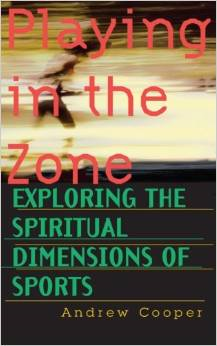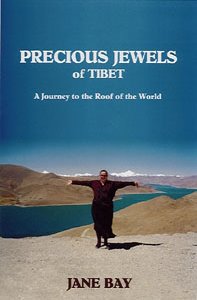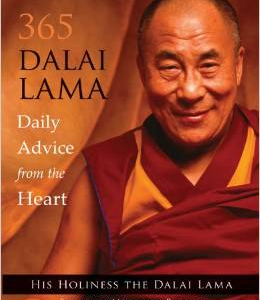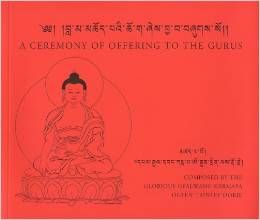Description
Please note that the content of this book primarily consists of articles available from Wikipedia or other free sources online. Pages: 58. Chapters: Dalai Lama, Central Tibetan Administration, Tibetan sovereignty debate, Dorje Shugden controversy, Padmasambhava, Serfdom in Tibet controversy, Western Shugden Society, Kelsang Gyatso, Ganden Tripa, George Bogle, Milarepa, Third Bardor Tulku Rinpoche, Serfs Emancipation Day, Karma Kagyu, Politics in Tibet, Songs for Tibet: The Art of Peace, Green Book, What Remains of Us, Gushi Khan, Kashag, National Democratic Party of Tibet, Yabshi Pan Rinzinwangmo, List of organizations of Tibetans in exile, Orgyen Lingpa, Political Prisoners Movement of Tibet, Tibetan Centre for Human Rights and Democracy. Excerpt: The Tibetan sovereignty debate refers to two political debates. The first is whether the various territories within the People’s Republic of China that are claimed as political Tibet should separate and become a new sovereign state. Many of the points in the debate rest on a second debate, about whether Tibet was independent or subordinate to China in certain parts of its recent history. A most general map, including China, Chinese Tartary, and Tibet, based on individual maps of the Jesuit fathers. Political map of Asia in 1890, showing Tibet as part of China (Qing Dynasty). The map was published in the Meyers Konversations-Lexikon in Leipzig in 1892. A Rand McNally map appended to the 1914 edition of The New Student’s Reference Work shows Tibet as part of the Republic of China. The Chinese government insists that Tibet’s political subordination to the Chinese nation predates the establishment of the People’s Republic of China in 1949. The UN map of the world in 1945, shows Tibet and Taiwan as part of China (The People’s Republic of China was founded in 1949). However, this presentation does not correspond to any opinion of the UNThe government of the China contends that it has had control over Tibet since the Yuan…






Reviews
There are no reviews yet.